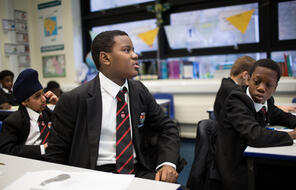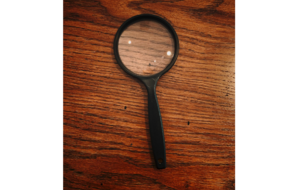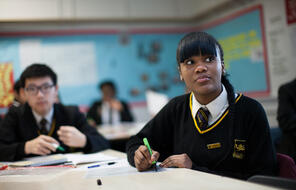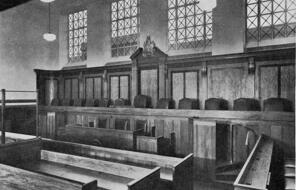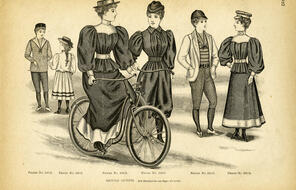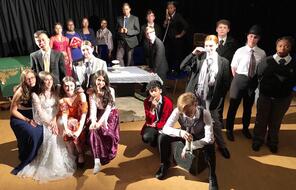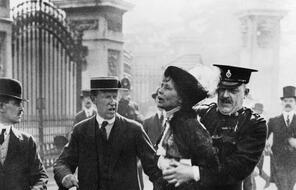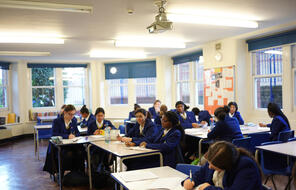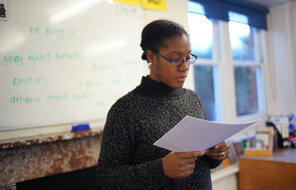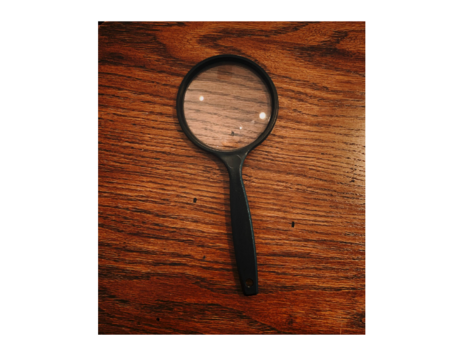
Inspecting Inspector Goole
Overview
About this Lesson
In the previous lesson, students began to discuss the concept of power, and the impact that it has on both the relationships in the play and relationships in society. Students focused their text-based study on Eric and his implied sexual assault of Eva Smith, which paved the way for students to discuss sexual consent.
In this lesson, students will further reflect on what An Inspector Calls can teach us about the impact of our individual and collective decisions and actions on others by considering the message that Inspector Goole sends the characters and the audience. In his parting speech, and throughout the play, Inspector Goole holds the characters to account for their actions, making them understand that they are interconnected with and interdependent on those around them: their actions and decisions have consequences that reach far beyond their own lives. Those who read and watch the play cannot help but reflect on themselves and understand that they too have a responsibility to consider the needs of fellow human beings.
Students will begin the lesson by creating an identity chart for Inspector Goole before reading the next section of the play. Students will then explore the character of Inspector Goole in depth, paying particular attention to his closing speech, which emphasises the importance of social responsibility. In addition to completing activities to explore character development, students will write analytical paragraphs and will reflect on the Inspector’s words, message and what he symbolises. Such reflection will enable them to consider what factors shape their moral views, to think about social responsibility in society and to consider what the play can teach us about our own lives and relationships. Students will then go on to consider the mysterious nature of Inspector Goole, exploring the purpose of the character, what he represents and why Priestley may have opted to create an Inspector who behaves much like a ‘ghoul’ by effectively disappearing from the plot.
The activities in this lesson refer to pages 55–64 of the Heinemann edition of An Inspector Calls.
Preparing to Teach
A Note to Teachers
Before teaching this lesson, please review the following information to help guide your preparation process.
Lesson Plans
Part I Activities
Part II Activities
Extension Activity
Homework Suggestion
Materials and Downloads
Quick Downloads
Download the Files
Get Files Via Google
Inspecting Inspector Goole
Persuasive Writing: A Speech about Consent
Social Systems and Individual Agency
Unlimited Access to Learning. More Added Every Month.
Facing History & Ourselves is designed for educators who want to help students explore identity, think critically, grow emotionally, act ethically, and participate in civic life. It’s hard work, so we’ve developed some go-to professional learning opportunities to help you along the way.
Exploring ELA Text Selection with Julia Torres
On-Demand

Working for Justice, Equity and Civic Agency in Our Schools: A Conversation with Clint Smith
On-Demand

Centering Student Voices to Build Community and Agency
On-Demand




